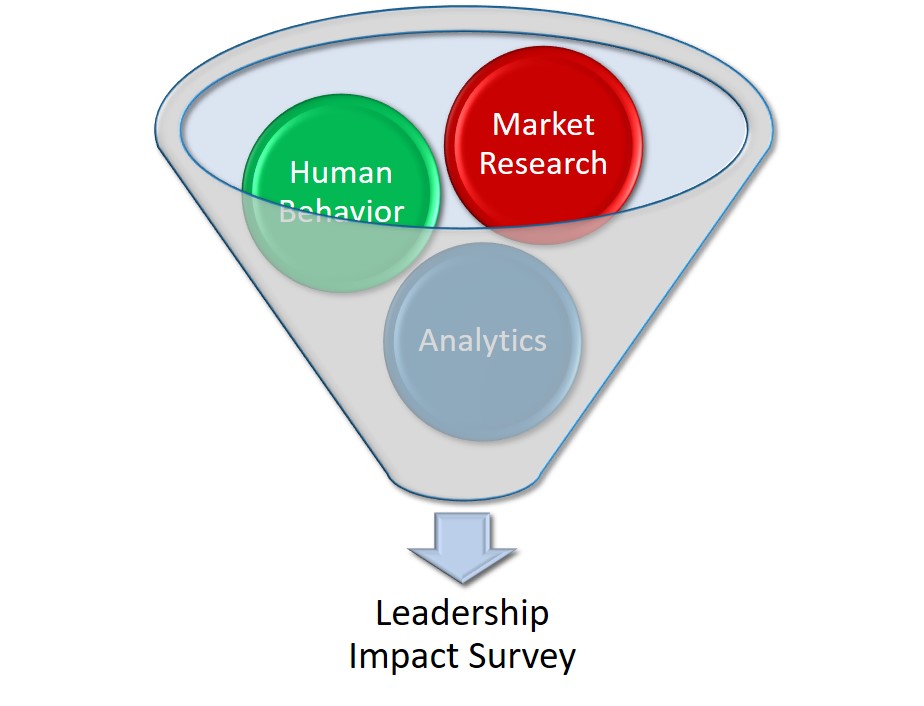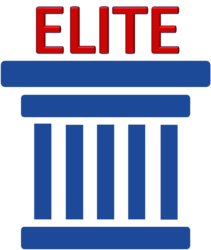There’s an old advertising adage that goes, “Half the money I spend on advertising is wasted; the trouble is I don’t know which half.” What’s true in advertising is probably even worse for most leadership development programs. Organizations spend over $3.5 billion dollars on leadership development worldwide each year. Unfortunately, much of this money is wasted because a wrong or incomplete approach to leadership development is chosen that doesn’t lead to sustained leadership growth. Based on decades of research, human behavior analysis and personal teaching experience, there are 5 critical gaps in most leadership development programs.
 Selected as a featured post in Writing on LinkedIn
Selected as a featured post in Writing on LinkedIn
1.) Training is skills-based versus process-based. Possessing the skills without an improvement process only addresses a portion of what is needed to become a better leader. It’s like the chef and the ordinary cook setting out to make the same dish. They may both have the same ingredients, but the dish created by the chef will usually be much better because the chef knows the process intimately based on extensive practice in making the dish. The same is true for elite athletes. Despite already being in the top 1%, elite athletes continue to work at their game to perform their best at each opportunity.
2.) Training uses a one-size-fits-all instead of an individualized approach. Leadership is unique to each individual. Learning one approach that everyone should follow over another will not benefit the leader in the long run. Each leader must develop their personalized approach to leadership. Trying to lead like another person is fruitless. The key is to have a personalized leadership philosophy and understanding when to use the various tools dictated by the situation. Regardless of which path a leader chooses, it is important for them to true to them self.
3.) There is no follow up or feedback loop to see if what was learned was properly implemented. Most leadership instruction ends when the participant exits the room. No one follows up with them to make sure they understood the material and are implementing it properly. This approach is contrary to how organizational leadership is taught in academic settings and is supported by the Kolb Experiential Learning Cycle. Kolb views learning as a multi-stage integrated process with each stage supportive of and feeding into the next. Effective learning only occurs when a learner is able to execute all four stages of the model. This process applied to leadership development can be stated as:
Learn >>> Practice >>> Review >>> Adapt
The feedback in the review step can either comes from internal reflection or external coaching/mentoring. Both are needed for the leader to fully develop. This supplies another reason for the importance of a process-based approach to development as stated previously.
4.) Leadership must purposely be practiced every day to be effective. The best leaders focus on how they lead every day, either while preparing for their upcoming day or reviewing how they did during the day. It’s the same way elite athletes or award-winning performers prepare to become better and more competitive. The keyword is ‘purposely’, which infers some sort of proactive or reactive response to a situation that should be based on their personal leadership vision or philosophy. More experienced leaders will be able to eventually incorporate their response with little thought, while new and aspiring leaders will need to initially put more thought into how they lead. Either way, self-reflection is a key part of improvement.
5.) Leadership growth needs to be measured. Many believe that leadership improvement is not something that can be measured quantifiably. ‘Experts’ have expounded on how well their leadership training works without any proof to substantiate their claims. When asked about how they know it works, the answers typically fall into 2 categories, “We can tell” or the dreaded, “We believe it worked.” Neither of these are acceptable to an organization or an individual that has spent their time and money for the training. With the right tool, a well-designed leadership training program can easily be quantifiably measured.

Measuring leadership growth not only requires leadership development expertise, but also experience in the use and implementation of other disciplines, specifically, human behavior, market research and data analysis. Human behavior is the psychology behind motivations and actions and is needed to help determine what to measure in leadership development. Market research is used to craft a well-design research instrument with easily understood and meaningful questions. Data analysis is used to analyze the results and to clearly communicate the most important variations and conclusions. These disciplines are the foundation of the Leadership Impact Survey. With this approach, an organization can confidently calculate return on investment for an entire leadership program or for an individual.
These represent the most challenging gaps in most leadership development programs and center around the structural weaknesses. Other gaps are usually also present, but not as critical as those mentioned above. By fixing these weaknesses in your leadership development, organizations can incorporate a proven approach to producing better leaders with measurable results to support the investment.
If you’d like to identify the gaps in your leadership development program, take our free assessment at EliteLeadershipAcademy.com/gapassessment.

Post featured in Writing on LinkedIn



